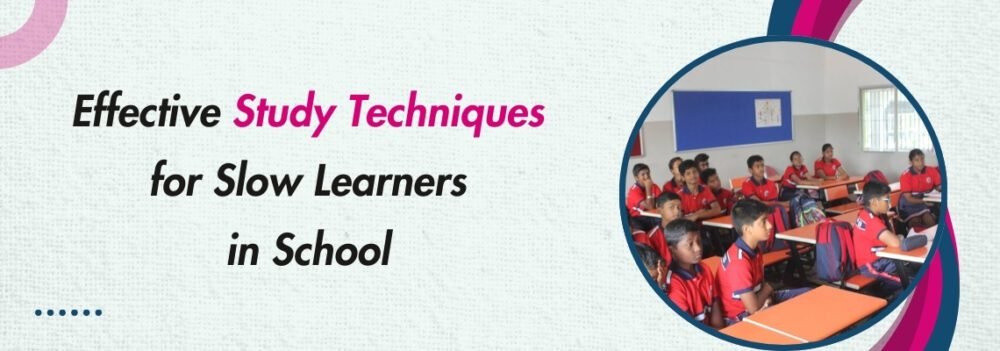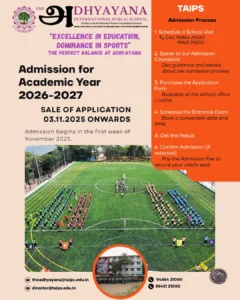Study techniques for slow learners can make a big difference in how well students learn and remember what they study. When a student learns at their own pace with the right methods, they gain confidence and see real progress. This article shares simple steps that teachers, parents, and students can use every day.
1.Break Tasks into Small Steps
Big tasks can feel overwhelming. Help students by dividing work into tiny, clear steps. For example, instead of “study history chapter,” try “read page 1 and make one note.” Small wins build confidence and make each step feel doable.
2.Use Visual Aids
Pictures, charts, and diagrams help slow learners understand ideas more clearly. A simple drawing of the water cycle or a timeline of events can stick better than just text. Encourage students to draw their own charts—it helps them stay involved.
3.Repeat and Review
Repetition is key for memory. After a lesson, ask the student to explain it back in their own words. At the end of the day, go over notes again. A short daily review keeps ideas fresh and reduces stress before tests.
4.Offer Hands-On Learning

Activities that involve touching or building help many slow learners. Use blocks for math problems, create simple science experiments, or role-play historical events. When students see and do, they often understand more deeply.
5.Set Clear, Simple Goals
Help students set one or two clear goals per study session. For instance, “learn five new words” or “solve three math problems.” Clear goals keep them focused and give a real sense of progress when they finish.
6.Use Memory Aids
Tools like flashcards, word cards, or mnemonic rhymes make recall easier. For example, to remember the order of planets, a rhyme like “My Very Easy Method Just Speeds Up Naming Planets” can help. Encourage students to make their own aids—it boosts memory.
7.Keep a Consistent Routine
A regular study schedule helps students know what to expect. Choose a time and quiet place every day. Consistency means less time wasted on settling in and more focus on learning.
8.Give Positive Feedback
Celebrate every success, no matter how small. A simple “Great job” or “I see you worked hard” can boost a student’s belief in their abilities. Positive words encourage them to keep trying.
9.Offer Breaks and Movement
Short breaks help students stay fresh. A quick stretch, a few jumping jacks, or a sip of water can reset the mind. Aim for a five-minute break every 25 minutes of study.
10.Encourage Questions and Conversation
Let students ask “why” and “how.” Discuss topics in simple talks. Talking through ideas makes learning active and helps slow learners connect facts to real life.
11.Use Simple Study Guides
Provide one-page sheets that highlight key points. A short list of dates, formulas, or definitions is easier to review than a long book. Keep guides clear and neat.
12.Pair Students for Peer Support
Working with a friend can help slow learners stay on task. Peers can explain things in different ways and give extra practice. Just make sure partners stay focused and kind.
13.Track Progress with a Chart
A simple chart on the wall shows daily goals, tasks done, and stars for success. Visual progress helps students feel proud and motivated to keep going.
14.Adjust Speed When Needed
Some topics take more time. If a student still feels lost after a review, slow down even more. It’s okay to pause and build a stronger base before moving forward.
15.Involve Parents and Teachers Together
Regular chat between home and school keeps everyone on the same page. If parents know which methods work best, they can help reinforce skills at home.
Using these steps makes study time less stressful and more effective for slow learners. Every student deserves teaching that meets them where they are and helps them grow at their own pace. By adding these simple ideas into daily routines, students can build real skills and confidence. For families looking for extra support, TAIPS (The Adhyayana International Public School) CBSE School in Coimbatore offers a caring environment for all learners.


